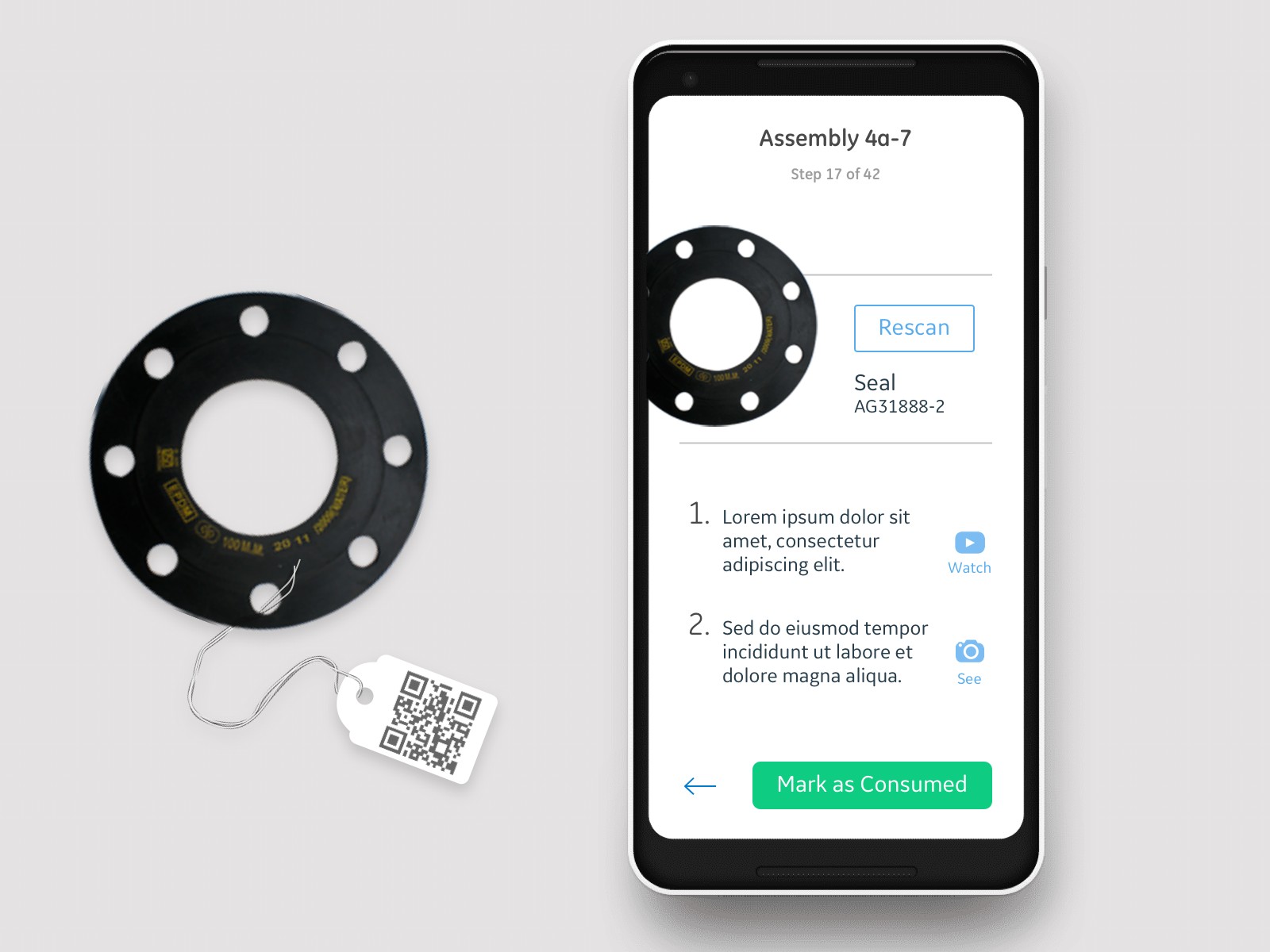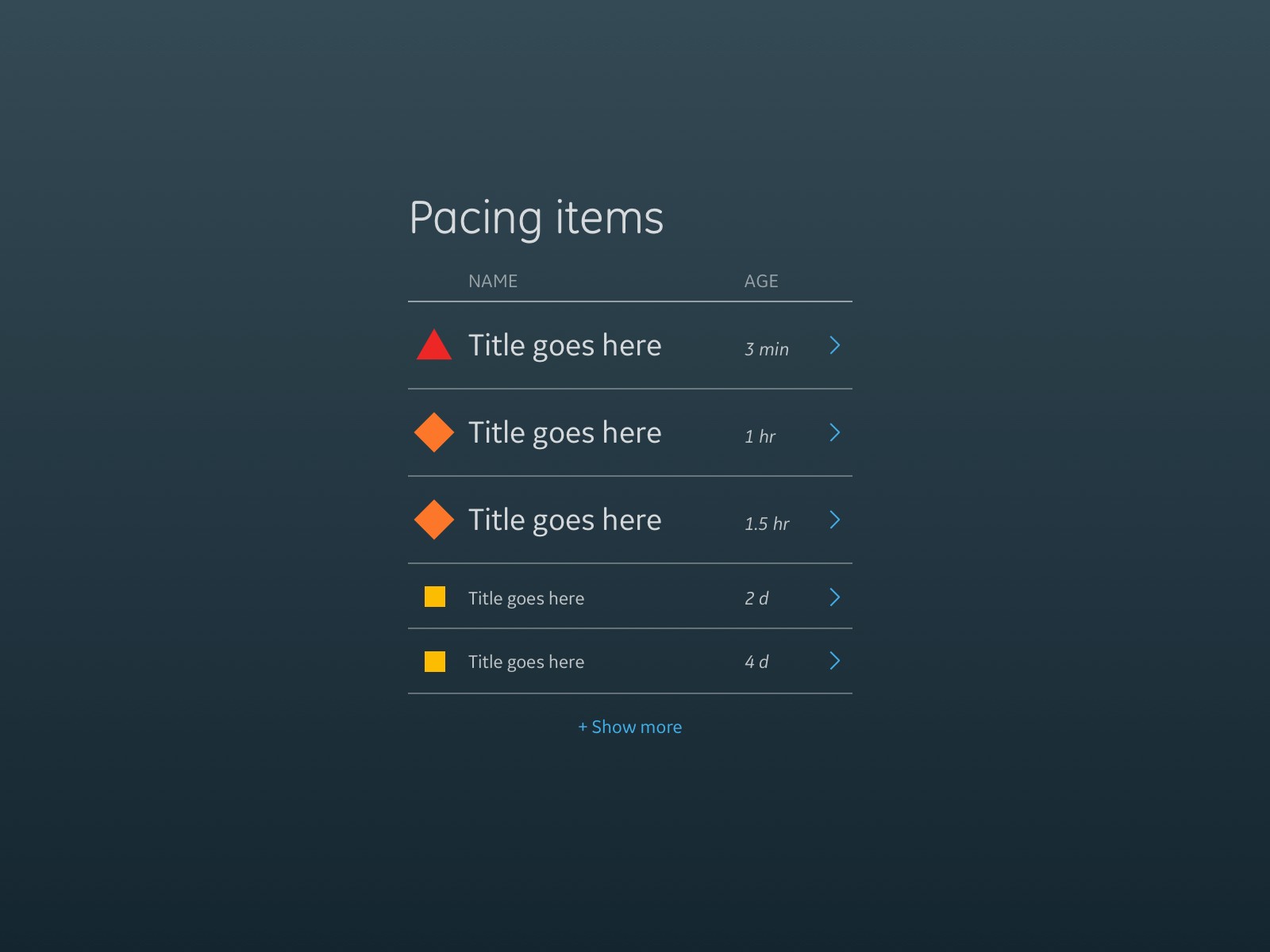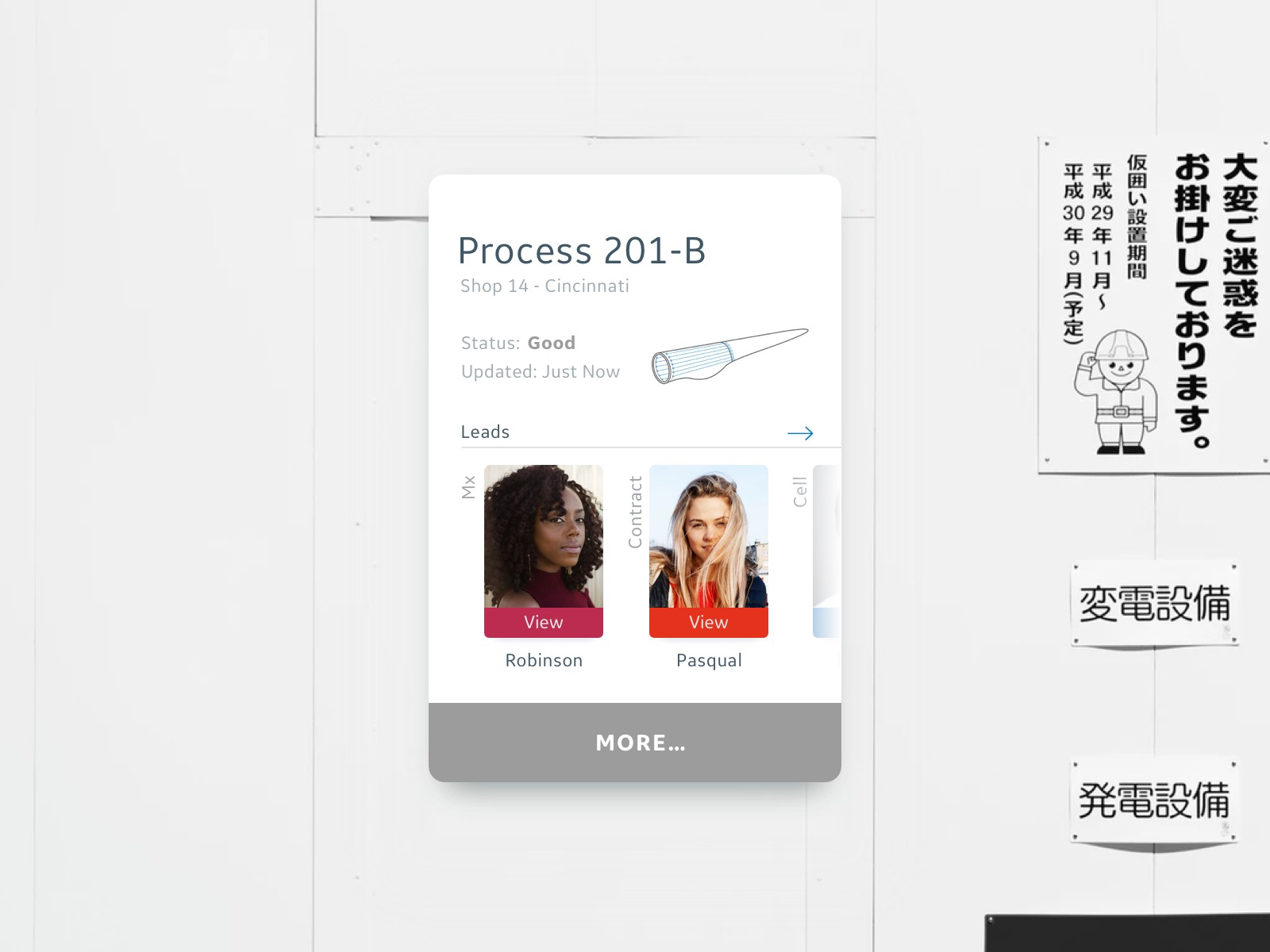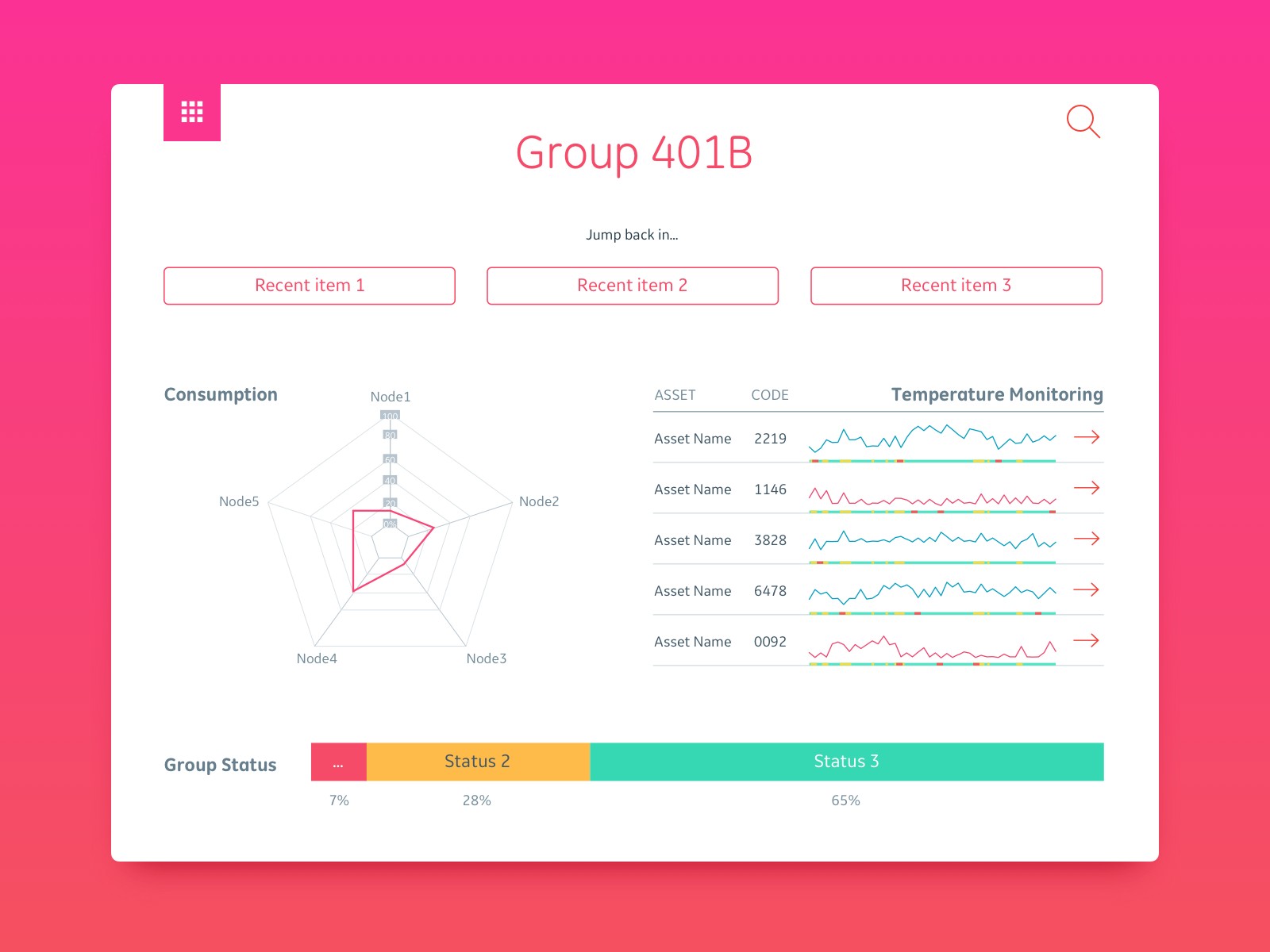

For a year and a half I worked as a product designer for data visualization products in GE Aviation's supply chain. My charge was to design tools that would help operations and improve delivery day over day. I created and executed research plans that spanned from sourcing to delivery. The knowledge gained through interviews, contextual inquiry, and co-design informs operations to date. It also informed creation of a digital product suite that spans all value streams of the chain.

The mission was to create experiences that benefit suppliers, employees, and customers alike. The first step was to get to know our users and customers. Working alongside a research partner I planned shop visits and design exercises. Exploratory research drove Lean efforts, the backbone of process improvement at GE Aviation. Supplementary research filled knowledge gaps gemba walks couldn't. Focusing on process first shone a light on variance where one may expect standard work.

Reframing process through human-centered design allowed others to empathize with the people involved. Synthesis and continual validation of research led to many well utilized artifacts. Empathy maps, personas, and journey maps helped keep efforts focused on people. The key metric used throughout the supply chain was "did we have a good day?" Our experiences would point to proof of a good day, ways to make them better, and celebrate them.
Many factors comprise a successful and efficient supply chain. Safety, quality, delivery, and effectiveness were our KPIs. Our shops and customers alike needed better ways to measure and visualize these KPIs. I supported products at the production line, shop, and value stream levels to get and expose this data. Contextual inquiry and card sorts pointed to the right data to gather. Working with IT and developers helped us capture it. In one case we even caught a data quality issue that had persisted for decades. Displaying this data within shops meant creating accessible visualizations for various contexts.

Interactive prototypes were created by myself and a partner for our products. Use of Axure RP allowed us to test complex scenarios and observe user behavior to refine designs. Usability tests after implementation informed how we'd iterate and improve. Our solutions would be used on 72" TVs on the shop floor, in offices, and in meeting rooms. Our products would need to be fast, reliable, and accessible in all contexts. They needed to work on touch screens, or with a mouse and keyboard. In the end, they do.
I also oversaw high fidelity UI designs for our products in Sketch. Prototypes in high fidelity allowed us to test font and color choices in context. After early iterations I was able to hand sprint deliverables off. At one point I provided direction for designers sprinting with 4 delivery teams.

UX provided quality assurance for MVPs produced in Spotfire. We validated our learnings and data before moving to a more scalable platform. UX partnered with QA to make sure nothing got lost in translation as the final UI came to life. Product adoption peaked after my departure from the space, but its reach is 100% of GE Aviation shops as of 2020. Insights from discovery led to new and more accurate KPIs for the business and its suppliers. These KPIs incorporate and support human behavior rather than dehumanize the process. Making data more accessible and reliable has eliminated waste in many ways. Meetings are more efficient. Pull signals now have less variance and greater accuracy. They also account for availability of people and their skill sets. "Good days" are celebrated in a proud and public way.
UX engagement was sparse before this engagement. Education of how UX research could support the business in tandem with Lean was critical. We formed close and lasting relationships with stakeholders that championed human-centered design. UX became strategic partners in the business's digital transformation. These relationships continue, even as names and faces change.